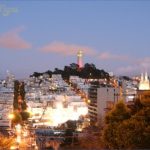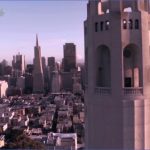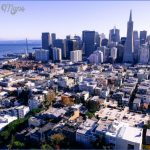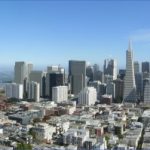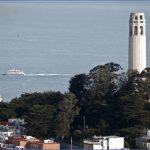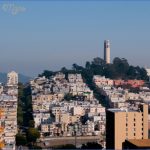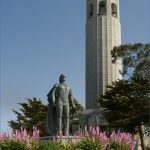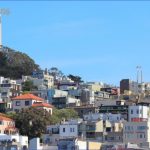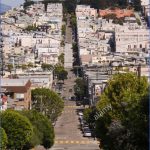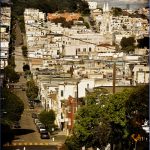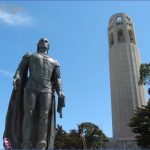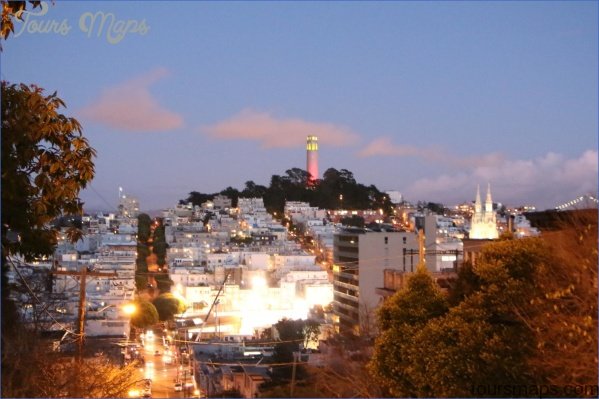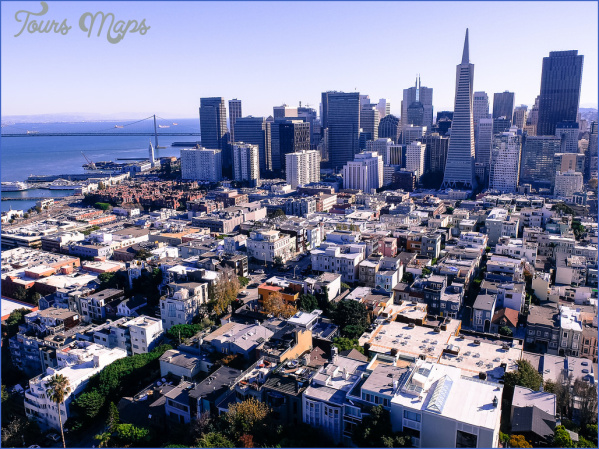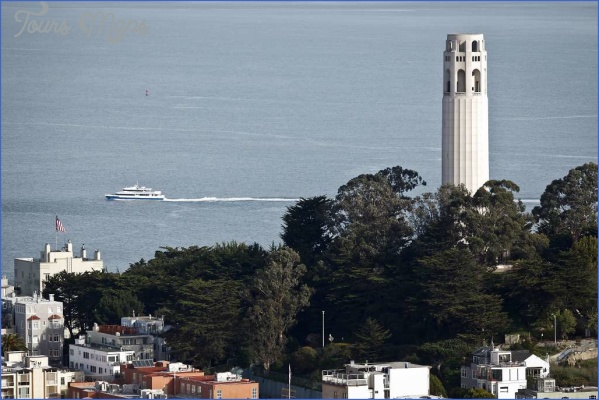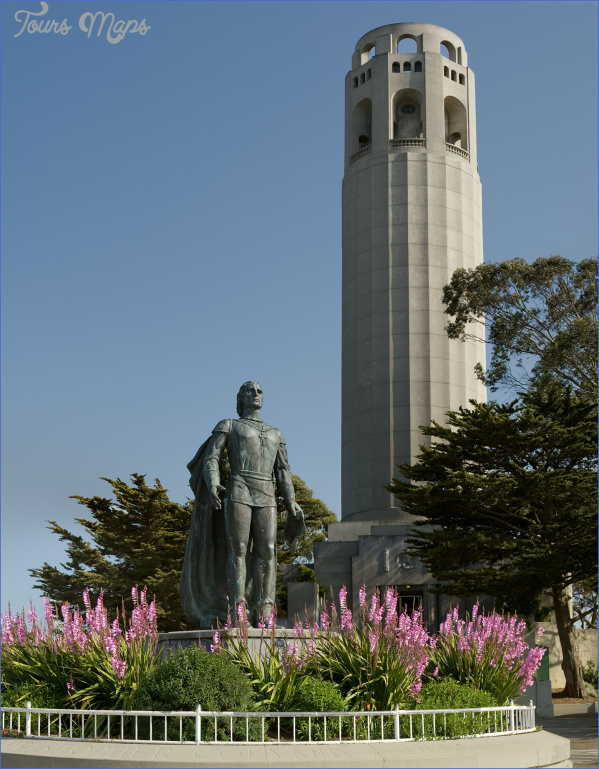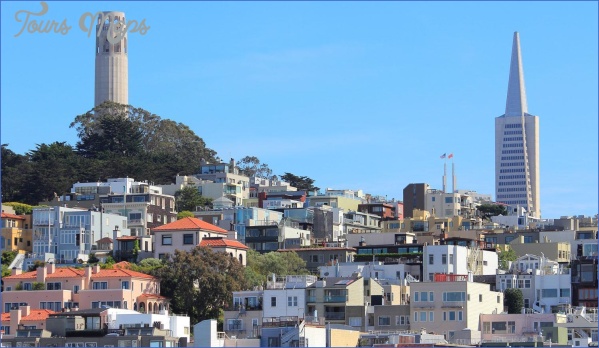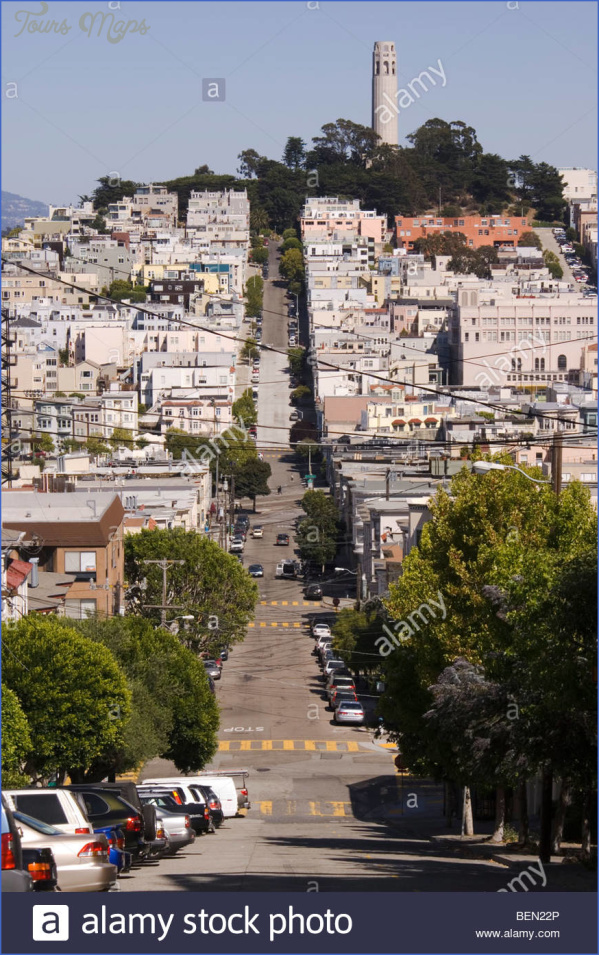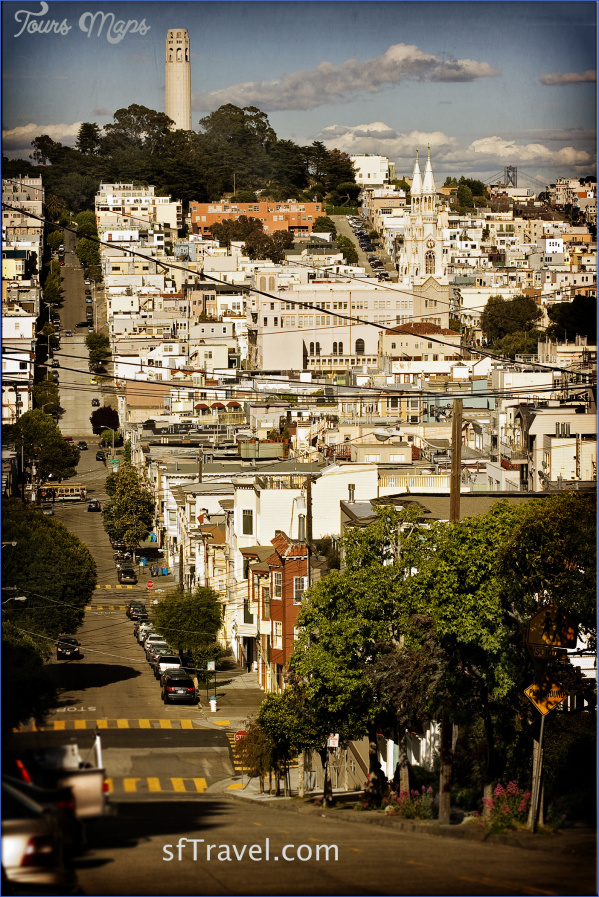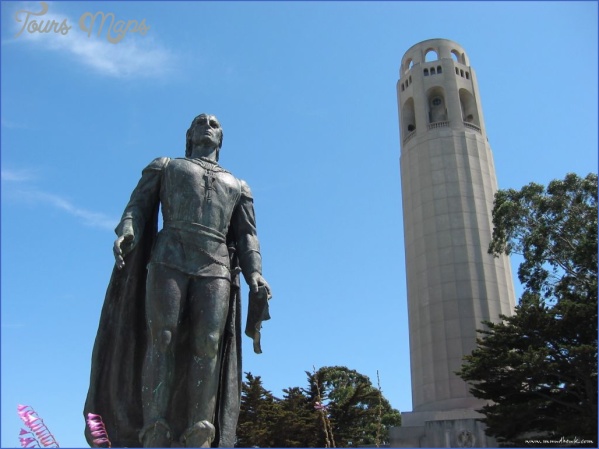To exercise a cliche born for the occasion: You could spend a lifetime exploring San Francisco and never feel like you’ve done the same thing twice. With nearly 30 miles of scenic shore and city panoramas that keep postcard companies in business, San Francisco offers a world-class blend of urban strolling and enjoyment of the outdoors.
About one-third of the northern San Francisco peninsula some 8,400 acres is parkland, including Golden Gate National Recreation Area, which runs along the Pacific coast and most of the San Francisco Bay. Also in the GGNRA is the Presidio, a 1,500-acre National Historic Monument that lies on the forested bluff at the south end of the Golden Gate Bridge. Some well-known attractions are within GGNRA, including Alcatraz, Hyde Street Pier, the Cliff House, and Sutro Baths.
Running through the heart of the city is Golden Gate Park, San Francisco’s answer to Central Park with forests, fields, museums, statuary, arboretums, gardens and fountains. The city-run park stretches westward from midtown to the coast, an urban playland for San Franciscans and visitors from all over the globe. On the southwest coast of San Francisco is a large park frequented mostly by locals Fort Funston, with historic bluffs and miles of beach, next to placid Lake Merced.
San Francisco Coit Tower Photo Gallery
In San Francisco, parks are not the only drawing card. People come from around the world to see Chinatown, Fishermans Wharf, Union Square, old Victorians near Haight-Ashbury, cable cars, and Nob Hill. Other attractions may not draw visitors from afar, but they keep them coming back: North Beach, Coit Tower, Transamerica Pyramid, Palace of Fine Arts, Legion of Honor, and Grace Cathedral. Urban hikers will find the city’s landmarks as advertised and separated by walking distances. Return visitors begin to find the places that hold for them a special appeal, like Steinhart Aquarium, DeYoung Museum, the Exploratorium, Fort Point, Baker Beach, St. Francis Hotel, Portsmouth Square, Ocean Beach, and Crissy Field.
The city’s attractions begin to read like a shopping list. But the allure of San Francisco is not just the considerable length of the list, but the dynamic sum of its parts fitted cohesively together upon the famous hills, rolling seamlessly from the ocean to bay. Knitting all of it together is the Golden Gate Bridge, among the world’s elite attractions not only as a engineering marvel and work of art, but also as a symbol of all that is California.
Just three average lifetimes ago, the land on which the city now sits was a windswept and fog-shrouded peninsula, largely uninhabited. Its native people, the Ohlone, are thought to have been drawn here to partake of food that was abundant in the bay wetlands and then to retreat south to villages in the leeward hills. Mountainous sand dunes crept up the west side of the peninsula, ever-growing in an onshore wind, thwarted midway by weirdly shaped igneous outcroppings. To the east, these rocky hills fell to bay marshlands, just six miles from the sea, a shoreline scalloped by creeks, mudflats and lagoons. On the north side of the peninsula were cliffs ending at a mile-wide straight, with deep water and strong current.
In 1775, Juan Bautista de Anza led a band of immigrants and livestock on a thousand-plus mile pilgrimage up from Mexico to Alta California, reaching the cliffs of the peninsula and setting up camp. Their journey was the northernmost expansion of the Spanish Empire that had begun 200 years earlier when Cortez and others set sail for the New World. By 1821, a garrison had been established at the Presidio, and Mission Delores was spreading Christianity. Down the hill from the mission was Yerba Buena Cove named for the fresh aroma of mint that grew there. In 1835, William Richardson camped above the cove, building a tent house from spars and sails for the mission’s Don Francisco de Haro. The camp was located where today’s Grant Avenue meets Clay Street. At this time the Spaniards held a wary eye on the north coast of California, where Russian ships encroached upon the empire. No Americans, save a few trappers, had been to the California coast until John C. Fremont’s expedition, led by Kit Carson, came through in a small party in the early 1840s.
Maybe You Like Them Too
- Arnold A Town with a Heart
- Map of New York City – New York City Guide And Statistics
- Map of San Francisco – San Francisco Map Free
- Coolest Countries in the World to Visit
- The 10 Best American National Parks to Visit

